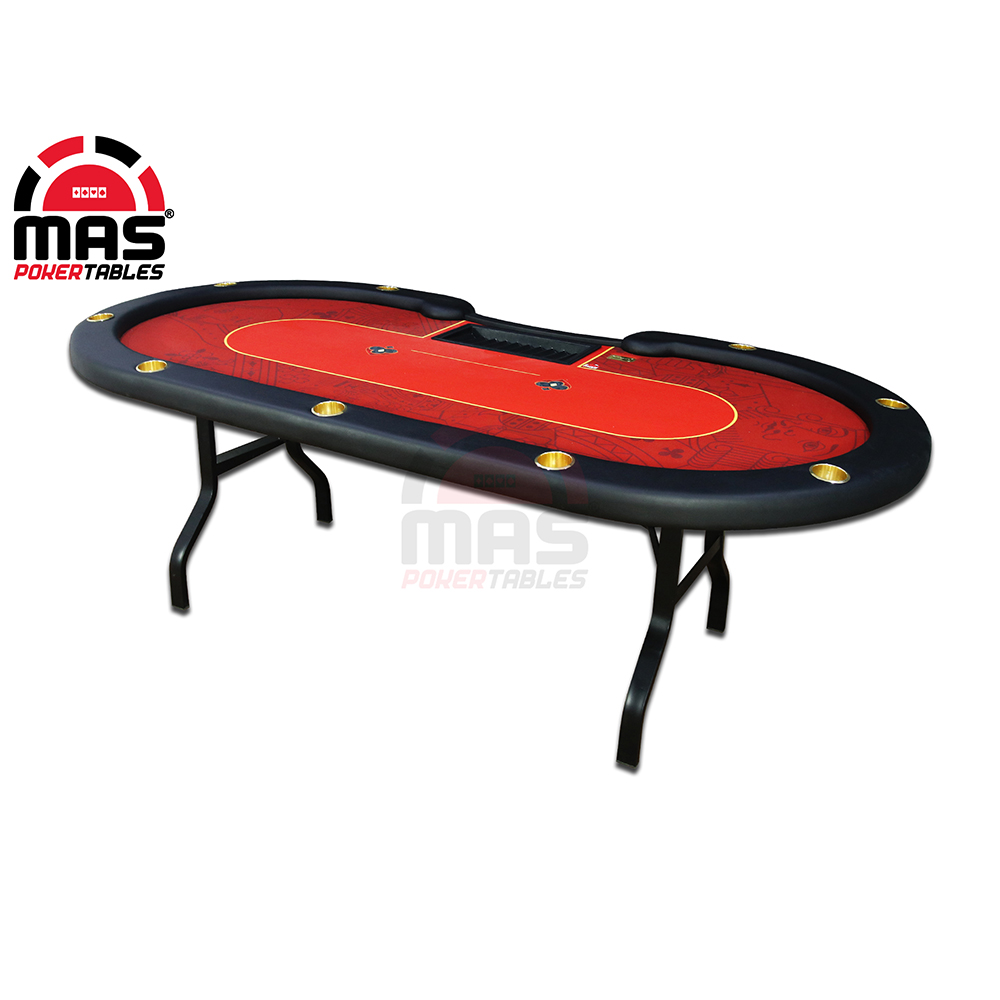You can also measure a company’s financial health by reviewing its liquidity, solvency, profitability, and operating efficiency. A shareholders’ equity ratio of 100% means that the company has financed all or almost all of its assets with equity capital raised by issuing stock rather than borrowing money. Investors contribute their share of paid-in capital as stockholders, which is the basic source of total stockholders’ equity. The amount of paid-in capital from an investor is a factor in determining his/her ownership percentage.
What is a Statement of Shareholders’ Equity?
The statement, which reveals changes in equity over a specified period, gives stakeholders a clear look at how equity is being managed. It provides detailed information on changes from stock issuance, dividend payments, share repurchases, and shifts in retained earnings or accumulated other comprehensive income. This high level of transparency aids stakeholders in understanding the company’s financial wellbeing and efficiency in utilizing its resources for growth. Many of the other adjustments in the operating activities section of the SCF reflect the changes in the balances of the current assets and current liabilities. For example, if accounts receivable decreased by $5,000, the corporation must have collected more than the current period’s credit sales that were included in the income statement. Since the decrease in the balance of accounts receivable is favorable for the corporation’s cash balance, the $5,000 decrease in receivables will be a positive amount on the SCF.
Please Sign in to set this content as a favorite.
Total assets are the sum of all current and non-current (long-term) balance-sheet assets. Cash, cash equivalents, land, machinery, inventory, accounts receivable, and other assets are examples of assets. These two accounts—common stock and paid-in capital—are the equivalent of the Capital Contribution account we used for a sole proprietorship.
Stockholders’ Equity Importance
Shareholders’ equity can also be calculated by taking the company’s total assets less the total liabilities. The account demonstrates what the company did with its capital investments and profits earned during the period. Share Capital (contributed capital) refers to amounts received by the reporting company from transactions with shareholders. Common shares represent residual ownership in a company and in the event of liquidation or dividend payments, common shares can only receive payments after preferred shareholders have been paid first.
What is a statement of shareholders’ equity?
The retained earnings formula is based on the company’s net income and the dividends it decides to pay to shareholders. The company determines both of these amounts, one by its performance and the other by its discretion. Retained earnings are calculated by first adding the beginning retained earnings (from the previous year’s balance sheet) to the net income or loss and subtracting how often should you typically monitor your checking account dividends paid to shareholders. As you might expect, the big changes to retained earnings were net income and dividends. Just as with sole proprietorships and the statement of changes to owner’s equity, the big changes were net income and owner withdrawals. The formula to calculate shareholders equity is equal to the difference between total assets and total liabilities.
What is the statement of shareholders’ equity?
Companies usually buy back shares to reduce the number of outstanding shares and, consequently, increase earnings per share and shareholder value. However, the management’s decision about the share buyback can also tell a lot about its expectations about future performance. If a company is buying back its shares, it could mean that it believes the shares are currently undervalued; if it’s selling, it might anticipate the shares becoming overvalued. To begin with the company side, these statements assist in tracking the variations in equity with respect to the fluctuating profitability and evolving financial behaviour of the business.
The number of shares issued and outstanding is a more relevant measure than shareholder equity for certain purposes, such as dividends and earnings per share (EPS). This measure excludes Treasury shares, which are stock shares owned by the company itself. It is a financial document that a company issues as part of its balance sheet, and it gives investors information about why accounts have changed. Your company’s statement of shareholder equity should also contain the name of the organization, the dates of the accounting period, and the title of the statement. The difference between the statement of owner’s equity and the cash flow statement (CFS) is that the former portrays the changes in a company’s equity over a period in more detail.
- A statement of shareholder equity is a section of the balance sheet that reflects the changes in the value of the business to shareholders from the beginning to the end of an accounting period.
- In contrast, early-stage companies with a significant number of promising growth opportunities are far more likely to keep the cash (i.e. for reinvestments).
- The amount raised by the company by selling shares to investors is referred to as invested capital.
- During a liquidation process, the value of physical assets is reduced and there are other extraordinary conditions that make the two numbers incompatible.
The number for shareholders’ equity also includes the amount of money paid for shares of stock above their stated par value, known as additional paid-in capital (APIC). This figure is derived from the difference between the par value of common and preferred stock and the price each has sold for, as well as shares that were newly sold. This is the amount of company stock that has been sold to investors and not repurchased by the company. It represents the total amount of stock the company has issued to public investors, company officers, and company insiders, including restricted shares. Treasury shares continue to count as issued shares, but they are not considered to be outstanding and are thus not included in dividends or the calculation of earnings per share (EPS).
As illustrated by this Home Depot statement, stockholders’ equity equals total paid-in capital plus retained earnings minus treasury stock. The shareholders equity ratio measures the proportion of a company’s total equity to its total assets on its balance sheet. Ultimately, shareholders’ equity is used to evaluate the overall worth of a company. But numerous components of the balance sheet calculation are needed to gain deeper insight into a company’s financial management.
Long-term assets are possessions that cannot reliably be converted to cash or consumed within a year. They include investments; property, plant, and equipment (PPE), and intangibles such as patents. Shareholder equity represents the total amount of capital in a company that is directly linked to its owners. The general format for the statement of owner’s equity, with the most basic line items, usually looks like the one shown below. Over 1.8 million professionals use CFI to learn accounting, financial analysis, modeling and more. Start with a free account to explore 20+ always-free courses and hundreds of finance templates and cheat sheets.
In the final section of our modeling exercise, we’ll determine our company’s shareholders equity balance for fiscal years ending in 2021 and 2022. For mature companies consistently profitable, the retained earnings line item can contribute the highest percentage of shareholders’ equity. In these types of scenarios, the management team’s decision to add more to its cash reserves causes its cash balance to accumulate.
However, by preceding dividends for a year, the company can increase its retained earnings and, as a result, stockholders’ equity. If the company chooses to retain profits for internal business investments and expenditures, it is not required to pay dividends to its shareholders. Retained Earnings are profits from net income https://accounting-services.net/ that are not distributed as dividends to shareholders. Instead, this amount is reinvested in the business for purposes such as funding working capital, purchasing inventory, debt servicing, etc. Companies can issue either common or preferred shares, and people can buy these shares to gain ownership of the company.
The $15,000 is a positive amount since the money received has a favorable effect on the corporation’s cash balance. The $30,000 received from selling an investment also had a favorable effect on the corporation’s cash balance. By using your statement, you can determine whether it’s a good time to invest in growth, push sales to maximize profits or reduce expenses to lower your total liabilities. Financial planning is crucial for businesses, particularly those that have a limited budget and those looking to expand.
Physical asset values are reduced during liquidation, and other unusual conditions exist. This is because years of retained earnings could be used for expenses or any asset to help the business grow. However, debt is the riskiest form of financing for businesses because the corporation must make regular interest payments to bondholders regardless of economic conditions. Also known as Owner’s Equity, is the total amount of assets remaining after deducting all liabilities from the company. Here, we’ll assume $25,000 in new equity was raised from issuing 1,000 shares at $25.00 per share, but at a par value of $1.00.
Let’s assume that ABC Company has total assets of $2.6 million and total liabilities of $920,000. The statement of shareholders equity plays a significant role in corporate governance. Through this essential financial document, corporations uphold an important facet of good governance—transparency. Beyond mere trend analysis, financial ratios derived from the shareholders equity statement help evaluate the company’s financial soundness and efficiency. Companies with a solid foundation of shareholders’ equity have the potential to invest more in CSR and sustainability-oriented projects.














